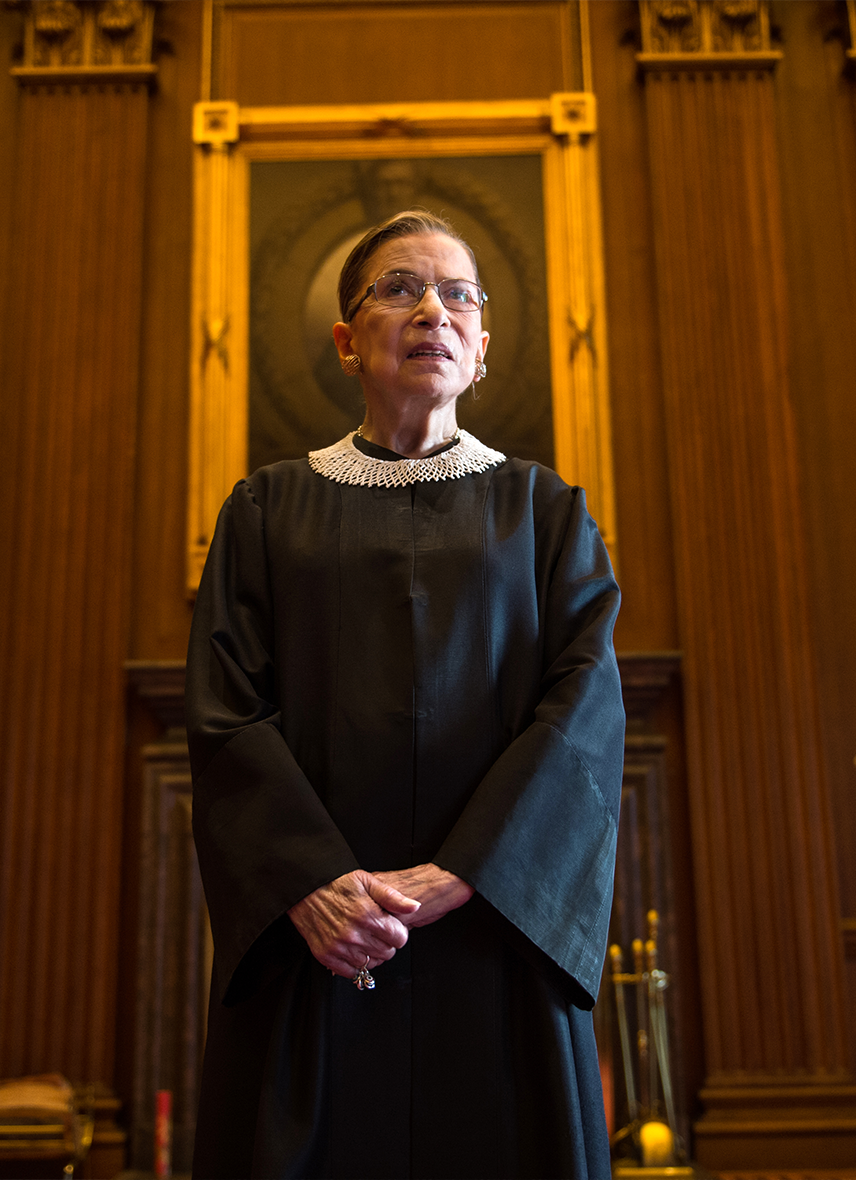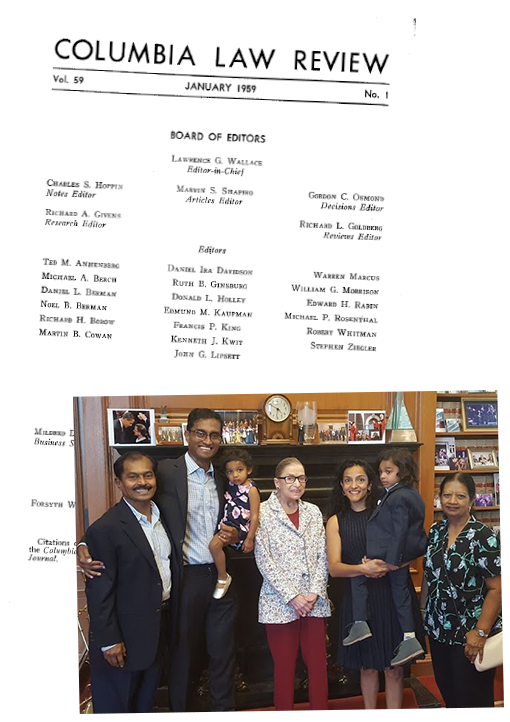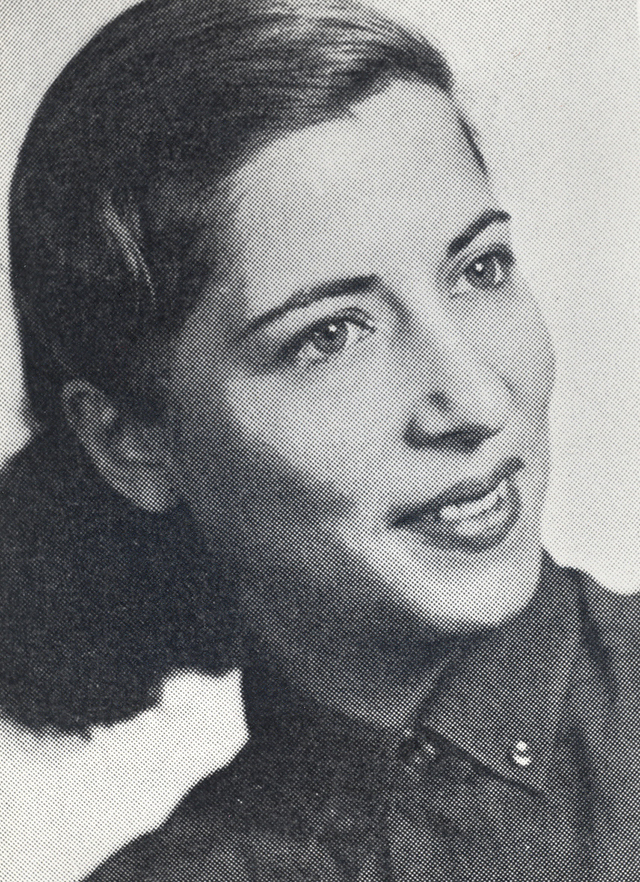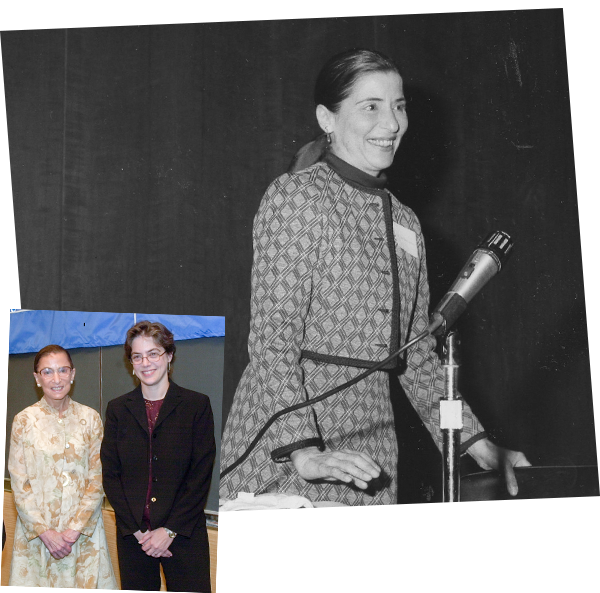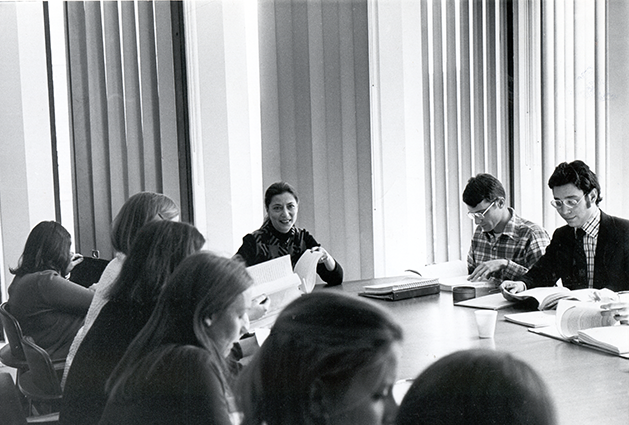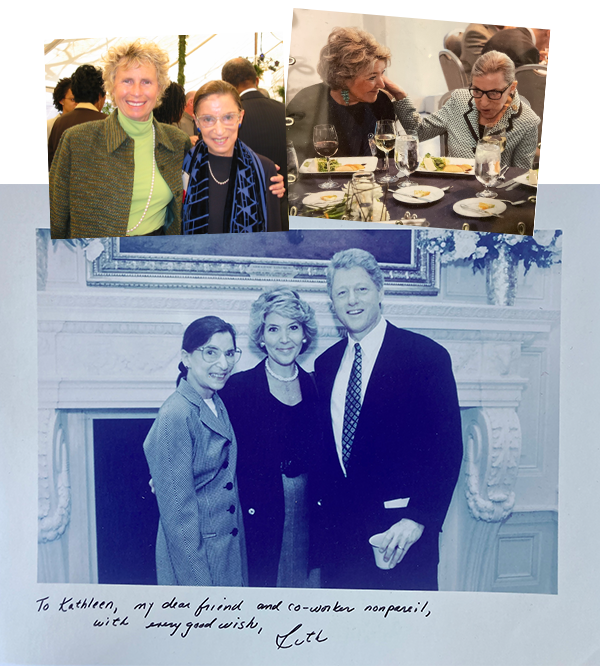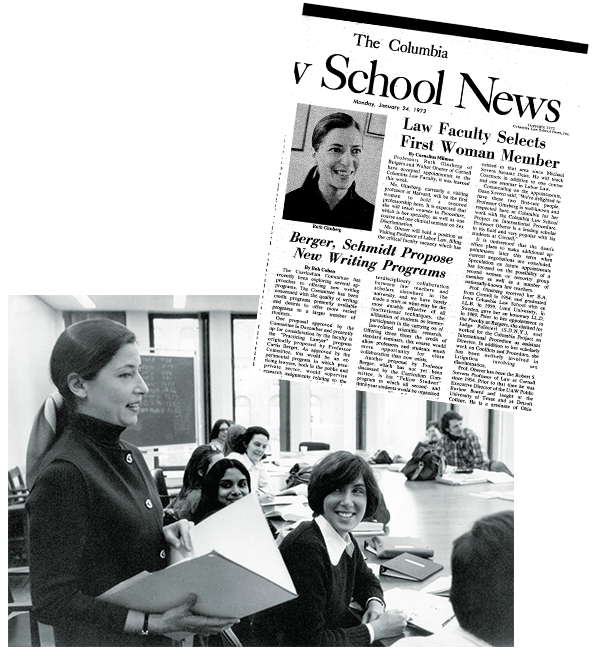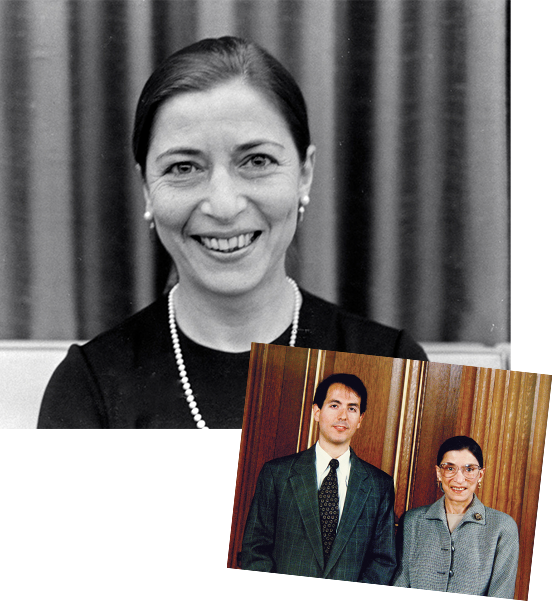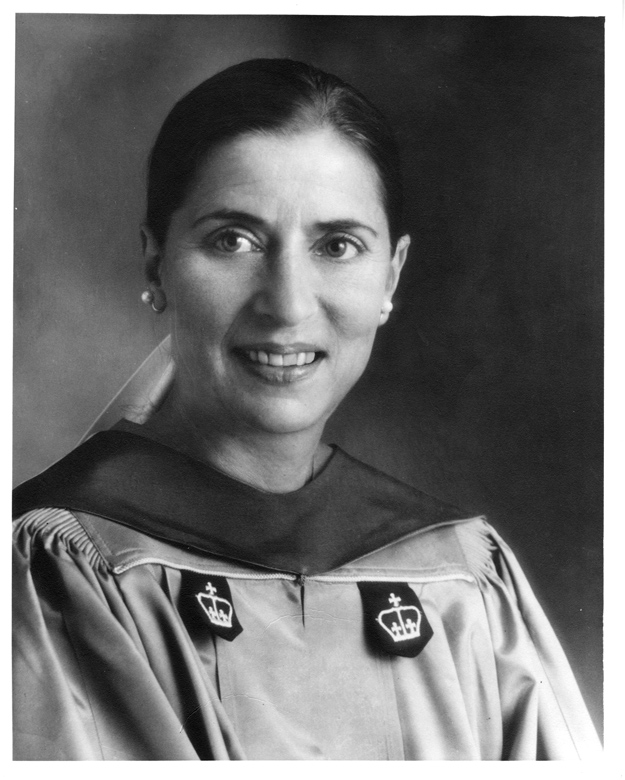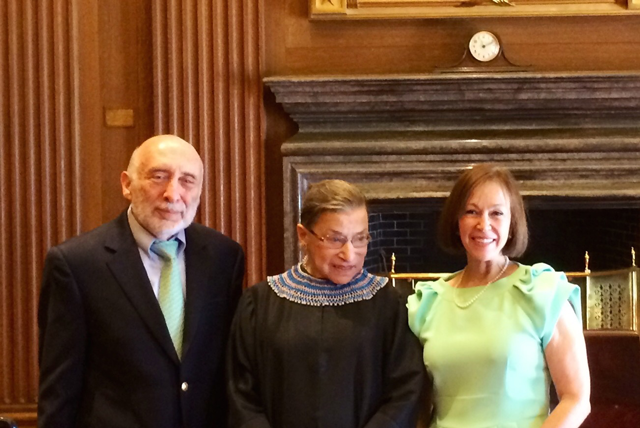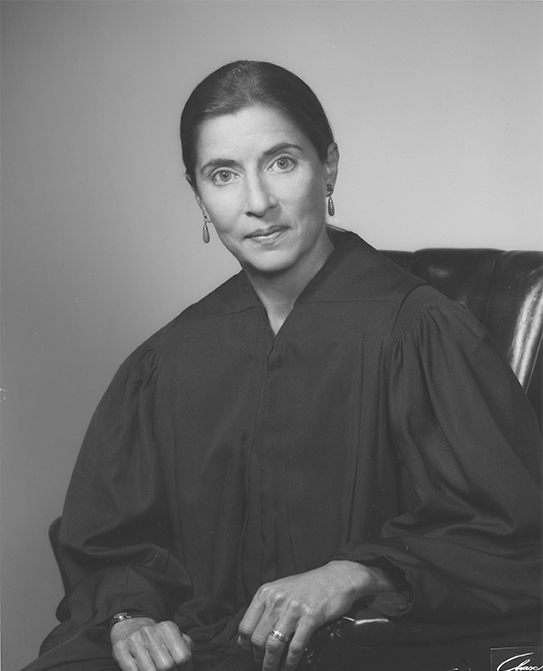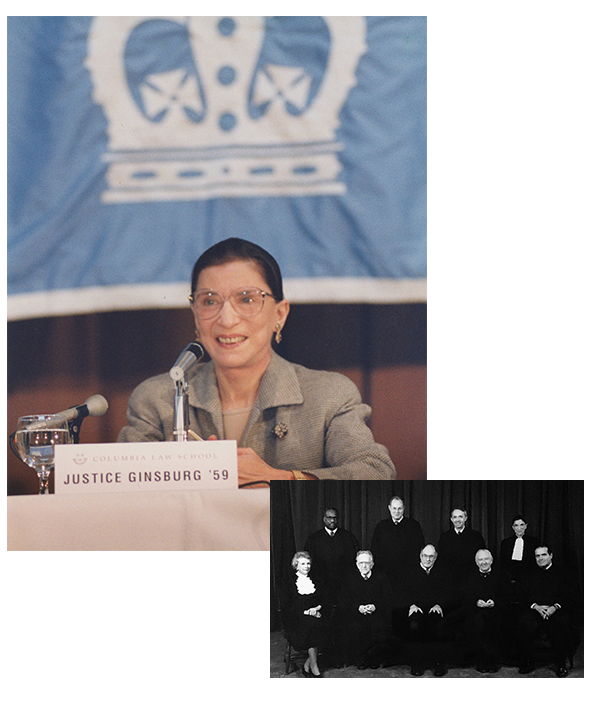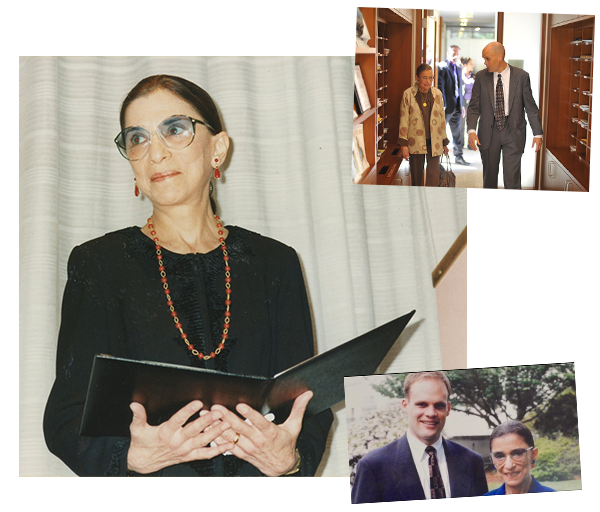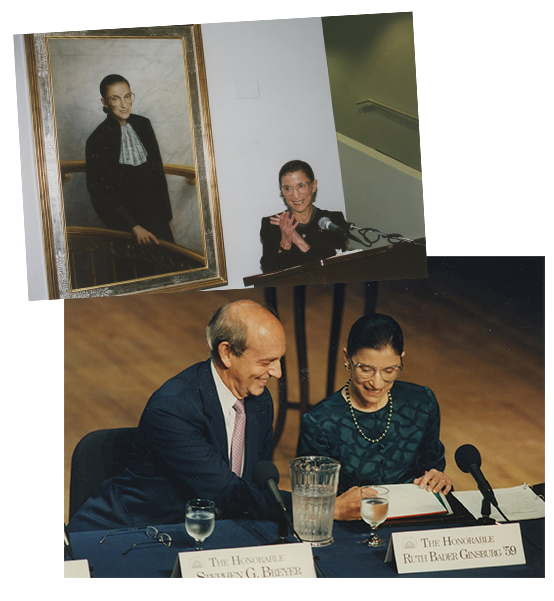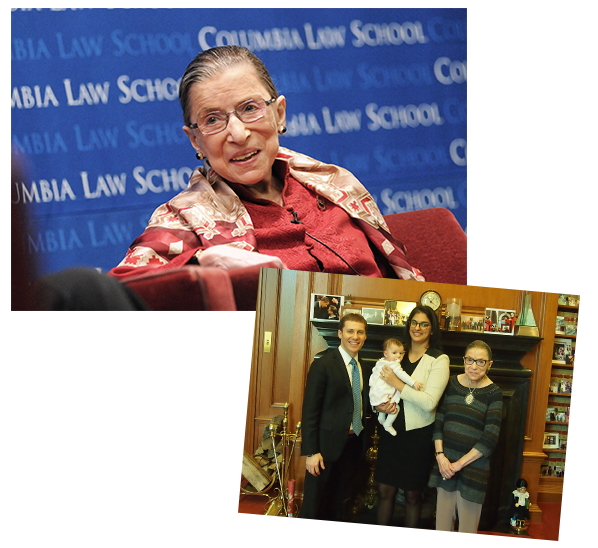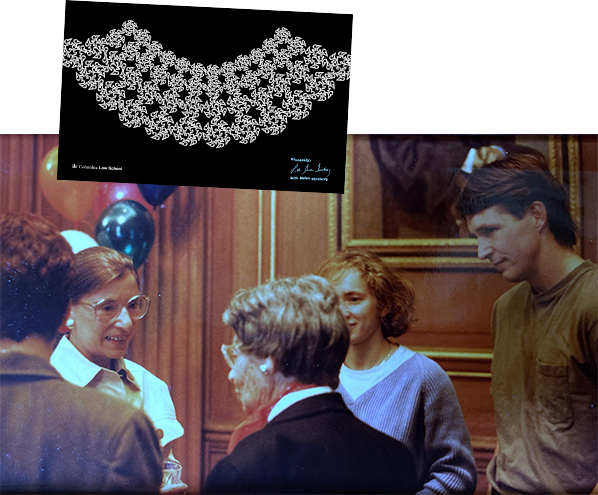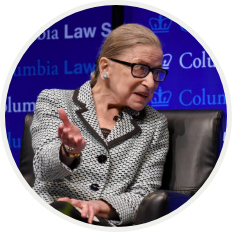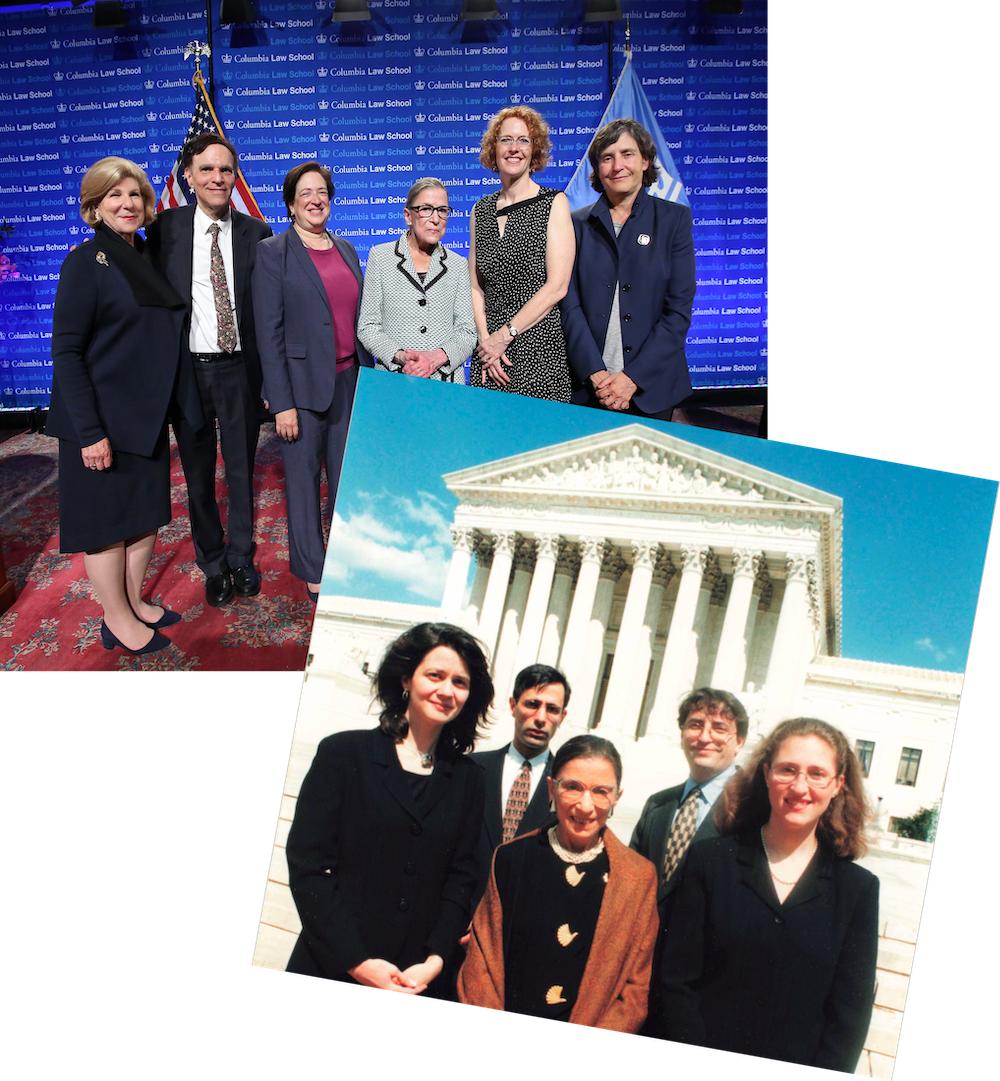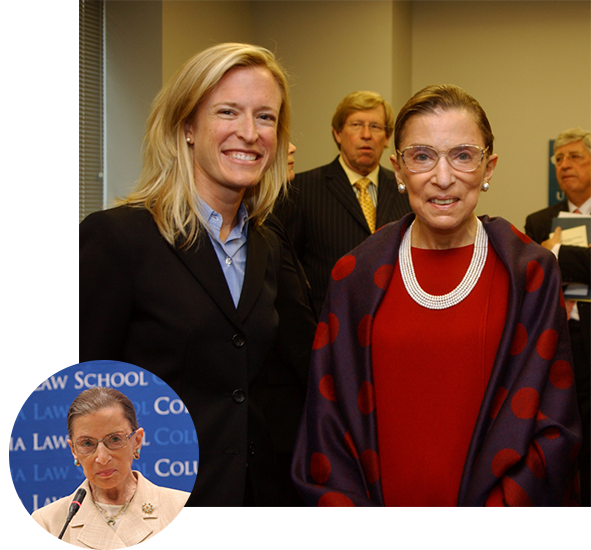Ruth Bader Ginsburg was a professor, lawyer, and jurist of historic stature. The contributors to this memorial volume speak to the multiple stages of her legal career, including her four decades on the federal bench with twenty-seven years on the Supreme Court. She is among the few Justices in the history of the Court who had a pathmarking impact on the law even before becoming a judge and among the even fewer still who will be remembered long beyond their service. Ruth enriched the lives of all who knew her, worked alongside her, or simply were inspired by her example. She was proud of her many associations with Columbia Law School, and it is fitting that this tribute collection appears in the Columbia Law Review, a publication to which she contributed as both editor and author.
As a jurist, Ruth was a master of the judicial craft. Her opinions are written with the unaffected grace of precision. She chose her words with calibrated nuance to convey exact intended meaning. But she also worked quickly, even on hard assignments. She enjoyed the challenge of routinely being first to complete an assigned opinion each Term, undaunted by the possibility that a Chief Justice might send difficult cases her way to enable others to keep pace.
In conference, Justice Ginsburg embodied integrity, intelligence, and responsibility. She listened attentively and spoke softly, contributing quiet rigor and conviction to each conversation. Those contributions continued through the opinion circulation process. She offered edits to improve the work of others and accepted suggestions to strengthen her own. Her many majority, concurring, and dissenting opinions constitute an impressive legacy. And every Justice who shared the bench with her produced better work for being by her side.
Ruth not only brought judicial talent and temperament to the Court; she also brought her passion for the arts. She was world famous for her love and knowledge of opera. She served as our impresaria of the Supreme Court Musicale, a tradition of bringing the Justices and Court family together twice a year for music at the Supreme Court. She attracted world-class talent that lifted our spirits during our most arduous workdays.
Justice Ginsburg has of course become an international icon of the law. In her long life, she traveled the globe making common cause with judges, lawyers, and law students, building friendships based on a shared belief in the power of the law to help people live free. She inspired a great many individuals, and especially a great many women, to dedicate themselves to law and to public service. Her influence will continue through their work.
Beyond all this, Ruth was devoted to her delightful family. She demonstrated that one can indeed balance a demanding professional career with a rich home life. We at the Court were third-party beneficiaries of her marriage with Martin Ginsburg, who enlivened our gatherings during his too-short life. Their children, Jane and James, will always be welcome at the Court.
I am fortunate to be among those who knew Justice Ginsburg as a colleague and a friend. She will remain an enduring model for so many others who know her through her work and example. The collected tributes that follow will help ensure that future generations will know Ruth Bader Ginsburg too, as a tireless, resolute, and beloved champion of justice.
* Chief Justice of the United States.
